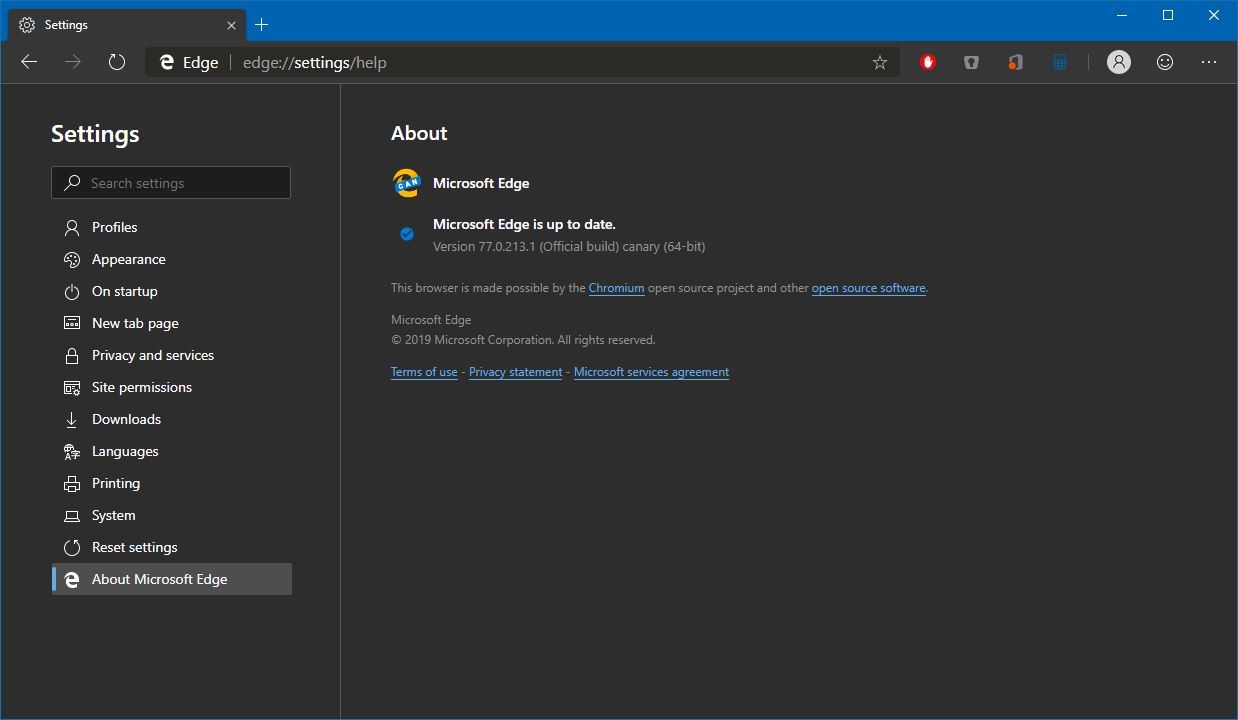There’s a worrying zero-day vulnerability which has been reported as affecting the Zoom videoconferencing app for the Mac. It may be abused to activate the consumer’s webcam and pressure them to hitch a convention name in opposition to their will – apparently even when they’ve beforehand uninstalled the Zoom software program from their laptop.
As Jonathan Leitschuh of Medium.com writes, there are over 4 million Zoom customers on the Mac, all of whom may very well be probably affected by this difficulty.
What’s occurring right here is that if a consumer could be tricked into clicking on a malicious Zoom assembly hyperlink of their browser, they are going to be forcibly joined to the attacker’s convention name – with their video digital camera activated.
And clearly, a malicious get together with the ability to see you thru your webcam is a worrying prospect.
Furthermore, as talked about, in case you beforehand ran the Zoom software program and uninstalled it out of your Mac, as a result of the consumer leaves a localhost net server in your machine – wanted for sure performance within the app when it’s operating with the Safari browser – Leitschuh observes that it will reinstall Zoom of its personal accord when such a malicious hyperlink is clicked.
Subsequently you possibly can nonetheless fall prey to this sting even in case you’ve removed Zoom out of your Mac.
Leitschuh supplies an in depth timeline of his disclosure to Zoom, and notes that regardless of a ‘quick fix’ being applied, when the time for public disclosure (90-day deadline) rolled round yesterday, there was nonetheless a problem right here.
Leitschuh writes: “Zoom did end up patching this vulnerability, but all they did was prevent the attacker from turning on the user’s video camera. They did not disable the ability for an attacker to forcibly join to a call anyone visiting a malicious site.”
Management over video settings
Zoom has responded to make clear {that a} malicious get together can’t override a consumer’s video settings to show their Mac webcam on – which is to say that if the consumer has configured the Zoom consumer to disable their video feed upon becoming a member of a gathering, the attacker can’t workaround that to see their video.
However in fact, not everybody could have chosen to show off video when becoming a member of a gathering.
At any price, Zoom’s proposed answer is as follows: “In mild of this concern, we determined to offer our customers much more management of their video settings. As a part of our upcoming July 2019 launch, Zoom will apply and save the consumer’s video desire from their first Zoom assembly to all future Zoom conferences.
“Customers and system directors can nonetheless configure their consumer video settings to show OFF video when becoming a member of a gathering. This variation will apply to all consumer platforms.”
So to say protected from this potential vulnerability, you do want to make sure that your video settings are configured thusly. Zoom additional observes that it has no proof that this exploit has ever truly been exercised within the wild.
Leitschuh additionally outlined a possible methodology whereby this vulnerability may very well be used to execute a denial of service (DoS) assault on a Mac consumer, overloading the goal machine with an limitless loop of assembly invites, however Zoom states that it launched a repair for this again in Could (and that it was a low-risk affair, with no indication that this tactic had ever been abused).
http://www.techradar.com/information/popular-video-conferencing-service-has-major-flaw-that-affects-apple-users

















